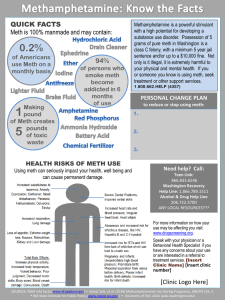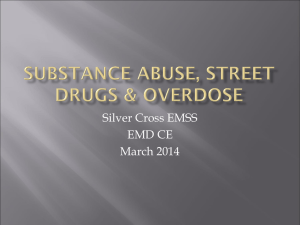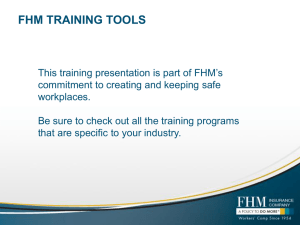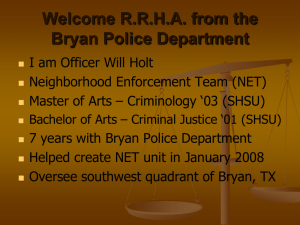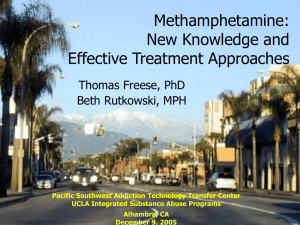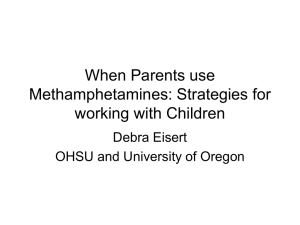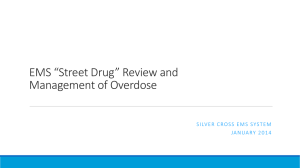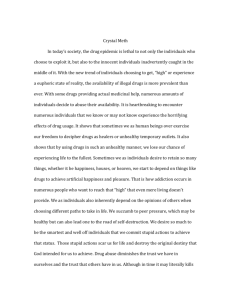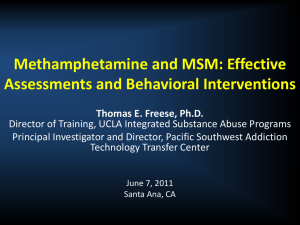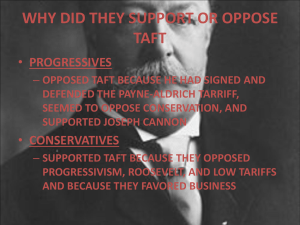"Kern Stop Meth Now" (click here)
advertisement
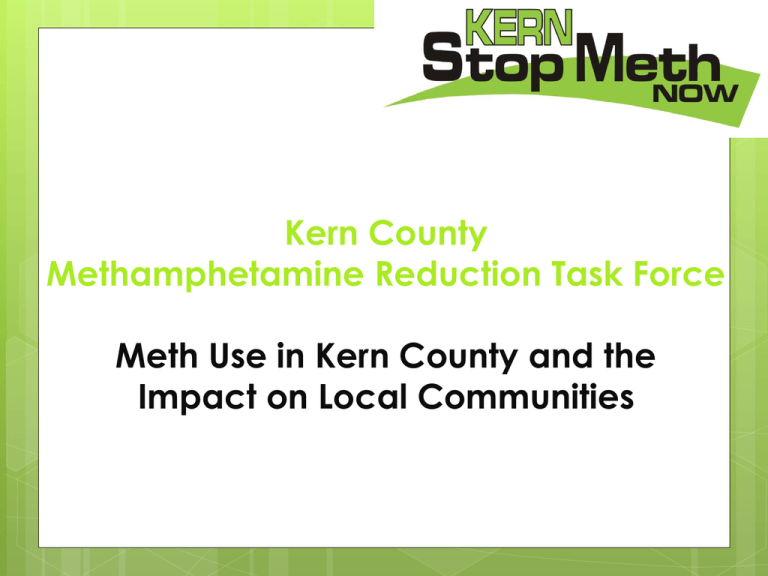
Kern County Methamphetamine Reduction Task Force Meth Use in Kern County and the Impact on Local Communities Mission Statement The mission of the Kern County Methamphetamine Reduction Task Force is to create a road map to reduce methamphetamine use and its impact in Kern County. What is Meth? Methamphetamine is a synthetic stimulant that increases alertness, concentration, energy. Meth triggers a cascading release of dopamine in the brain that induces euphoria, enhances self-esteem and increases libido. Meth has high potential for abuse and addiction. Effects of Meth Use Methamphetamine abuse can cause changes in brain structure, brain function and memory. It often leads to psychotic behavior such as paranoia, hallucinations and violent tendencies. Brain scans of meth addicts resemble those of patients with advanced Alzheimer’s. After more than a year of abstinence, former users may still show severe impairments in memory, judgment and motor coordination. However, people can recover from meth over time. Meth in Kern County In 2008-2009, an Impact Study examined the impact of methamphetamine use in Kern County. Data collected included: 1) Key informant interviews and focus groups with staff from county agencies & law enforcement; 2) Collection of statistical data from county agencies; 3) A “snapshot” study in which county employees collected data during the month of May 2008 on the number of client contacts in which meth was a contributing factor; and 4) An ethnographic “case study” in the West Kern communities of Wasco and Taft to document the perceptions of local stakeholders about the impact of methamphetamine on community wellbeing. Meth in Kern County A Few Findings from the Impact Study Nearly 40% of all felony prosecutions in Kern County involve methamphetamine. Nearly one in three people who go to the Emergency Room at KMC have used meth at least once in their life. About half the people in drug treatment programs are meth addicts. Nearly 1 in 4 clients served by EVERY COUNTY and LAW ENFORCEMENT AGENCY IN KERN has used or is using methamphetamine. Figure 1.1 Impact of Methamphetamine: The “Ripple” Effect Emergency Response Juvenile and Adult Correctional Facilities Non-violent crime: e.g., property theft, auto theft Violent crimes: e.g., domestic violence, assault, homicide Use Disturbing the Peace Child abuse/neglect W&I 300 (protective custody) District Attorney Public Defender Courts Crime Lab Court and Community Schools Absenteeism, lost productivity at place of employment Prevention Programs: Early Intervention Program Project 180 Kern County Probation Graduation from Matrix Law Enforcement: Sheriff’s Office Bakersfield Police Dept. Local law enforcement agencies Treatment Providers: Kern County Mental Health In/Out-patient Centers Human Services: CalWORKs CPS Truancy, aggressive behavior, disruptive behavior at school Recidivism Criminal Justice System: Medical crisis Meth Hospitals KMC Ambulance Paramedics Fire Department Rise in unemployment and poverty Costs to local businesses Children in foster care, rise in out-ofhome placements Dissolution of families and neighborhoods Loss of wages, loss of tax revenue, loss of child support monies The Case Studies conducted in Taft and Wasco included: Public opinion polls in which a survey team talked to people outside retail establishments: 133 public opinion poll surveys were collected from residents living in and around Taft; 306 surveys were collected from residents living in and around Wasco. Interviews with pastors, law enforcement, treatment providers, substance abuse clients; a school administrator, and a judge. Percent "Yes" Survey Responses 100% 90% 80% 70% 60% 50% 40% 30% 20% 10% 0% 90.2% 89.2% 75.2% 68.0% Have you ever heard of the drug methamphetamine? Is meth a problem in your community? Taft Wasco 60% 51.9% Percent "Yes" 50% 41.8% 40% Taft 30% Wasco 20% 10% 0% Do you personally know anyone living in your community who uses meth, or used to use meth,? In a study of people in Taft and Wasco who were in treatment for meth, seven out of eight started using meth as teens. Three started at 13 years of age. All started first with alcohol. Every one of the eight clients came into treatment through the criminal justice system, either through Prop 36 or on parole. Seven of the eight clients were parents, and these clients cited the desire to retain or regain custody of their children as the primary motivation for staying in treatment. The Meth Task Force In 2009, as a result of the Meth Impact Study, the Kern County Board of Supervisors asked Kern County Mental Health to form a Task Force to reduce methamphetamine use in Kern County. The Task Force includes public and private agencies, law enforcement, businesses, schools, the faithbased community and concerned citizens. Here is some work the Task Force has done over the last 18 months: Safety Members of the Task Force are making community presentations like this one to raise awareness. Communities that request it are being given assistance in developing a local strategic plan to reduce meth use. A website, KernStopMethNow.org, has been launched. A meth hotline has been launched: 855-NO-2-METH (855-662-6384) Business Support Training in how to recognize the signs and symptoms of drug use, and how to recognize meth paraphernalia, is now available to Chambers of Commerce and other business groups. Training in how to create and implement Drug Free Workplace policies (including policy around drug testing) is available to small businesses. Family Wellbeing & Support Parents can call 211 for information about parenting, as well as other resources. A Public Information Campaign has been launched to raise awareness among parents about how kids are being exposed to meth. This subcommittee is now taking on the issue of pre-natal exposure. Youth Prevention and Treatment The subcommittee has convened a series of meetings for agencies that provide mentors to young people, and is now launching plans to assist in recruiting and training adult mentors. Student Assistance Programs have been launched at a number of school sites to help school staff identify students in need of intervention, and link them to services. Youth will be developing PSAs aimed at youth to air on social networking sites. Next Steps The Task Force will work with any community interested in developing its own strategic plan to address meth. The Task Force will also work with: Neighborhood Watch groups Churches and other faith-based groups Local service clubs and organizations Local schools Interested in getting involved? Contact Dr. Dixie King at dking@tlcprofessionals.com or 661-827-5245 ext. 250
